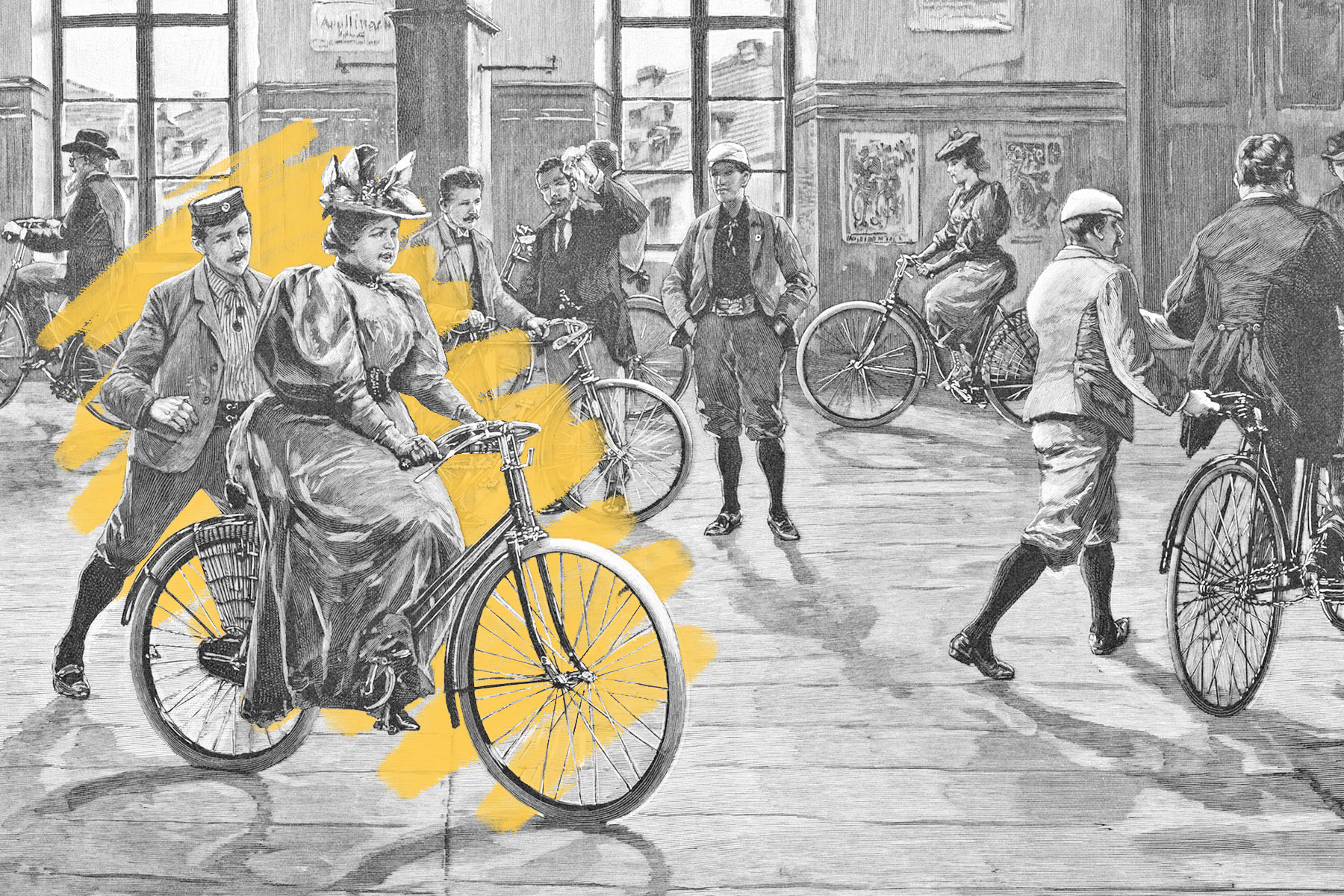Doctors warned women of developing “bicycle face” from cycling in the 19th century.
The modern bicycle — originally called a “safety bicycle” because it wasn’t as treacherous as a big-wheel penny farthing — was invented in the 1880s, ushering in the 1890s bike craze in America. Cycling was especially popular with women, as it offered a freedom they didn’t have before, such as easier means to travel where they pleased, go on unchaperoned dates, or skip church. Female cyclists also began wearing bloomers under skirts, which, in the eyes of some who disapproved, were a little too close to pants. The popularity of cycling (and its implications for women’s empowerment) caused something of a moral panic. Men weren’t immune — some religious leaders worried about physical exertion, competitiveness, and performance-enhancing drugs — but women got the bulk of the ire. Cycling, some medical authorities claimed at the time, could lead to uterine displacement, or a new condition called “bicycle face.”
Descriptions and alleged causes of bicycle face varied; according to one magazine, a woman suffering from the malady would be “usually flushed, but sometimes pale, often with lips more or less drawn, and the beginning of dark shadows under the eyes, and always with an expression of weariness.” One physician said that those suffering from bicycle face have “an anxious look and an unwholesome pallor.” Others said that symptoms include a clenched jaw and bulging eyes. Nobody was immune to bicycle face, but women were considered much more susceptible. Theories as to the cause included overexertion from trying to keep the bike balanced, bad posture, or even a more spiritual cause: riding bikes on the Sabbath. Fortunately for cyclists, the crisis subsided in the early 1900s as the bicycle became more commonplace and hand-wringers turned their anxiety toward automobiles — and, naturally, “horseless carriage face.”







